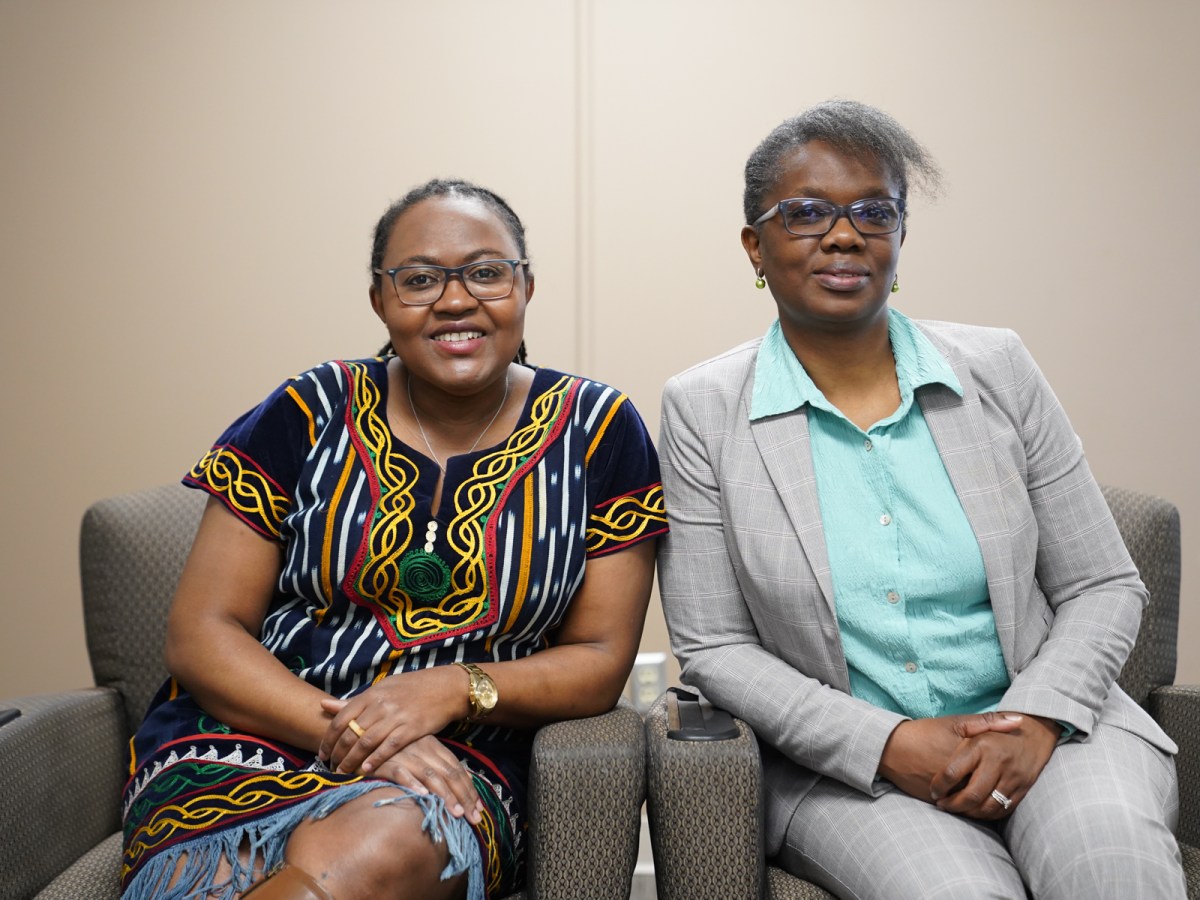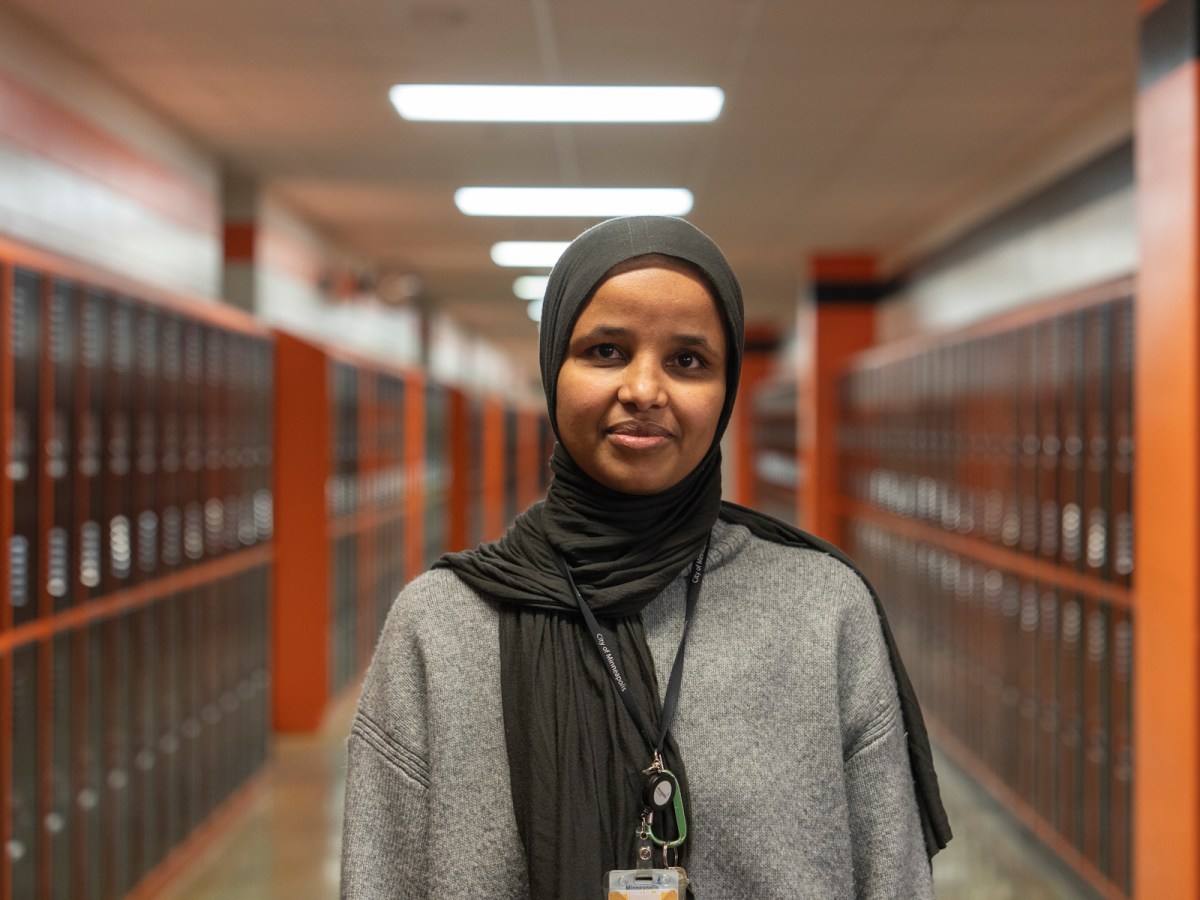Solutions to racism in medicine won’t be as easy as checking items off a list, according to Dr. Ashaunta Anderson, an assistant professor of pediatrics at the University of Southern California.
“When we’re talking about racism and inequity, it doesn’t work like that,” she said. “It’s so much more complex.”
Anderson collaborated with doctors and researchers at the Mayo Clinic, in Rochester, to study how Black and brown youth experience race in health-care settings. Their findings, published in January in the journal Academic Pediatrics, lead the researchers to offer recommendations that might make clinics and hospitals more welcoming to Black and brown families.
Here are a few of them:
Clinician relationships with patients
One strategy to create a healthy racial identity, the study suggests, is to train pediatricians to talk to their young patients about experiences of racism—when the patients are open to it. Some researchers have called for health-care providers to screen for racism, in the same way they screen for mental-health conditions such as depression or anxiety.
Cultural pride
Pediatricians can also help parents and children develop cultural pride, Anderson said—something that her research has associated consistently with positive outcomes. For example, parents can educate children about cultural icons, important societal contributions, cultural foods, dances, and holidays.
When race becomes a source of pride, it’s been shown to help buffer experiences of racism, she said.
Patient/clinician concordance
One Asian-identifying study participant described her relief when she was paired with an Indian doctor: “It was a lot more comfortable with that doctor,” she stated in the study. “My parents really were comfortable with that doctor, too. It was a lot easier to talk to her and stuff.”
Racial concordance–when a doctor and patient are the same race–has been associated with improved health outcomes, including reducing the rate of maternal mortality among Black women giving birth. In her work at Mayo Clinic, researcher Gladys Asiedu, Ph.D., continues to explore how health systems can recruit and retain providers of color.
Make sure clinics’ signage portrays inclusivity
Simple markers of inclusion can be meaningful to patients, many of the study participants said. That includes overt anti-discrimination statements and displaying kids of different races and ethnicities in posters and brochures—as long as they feel authentic.






